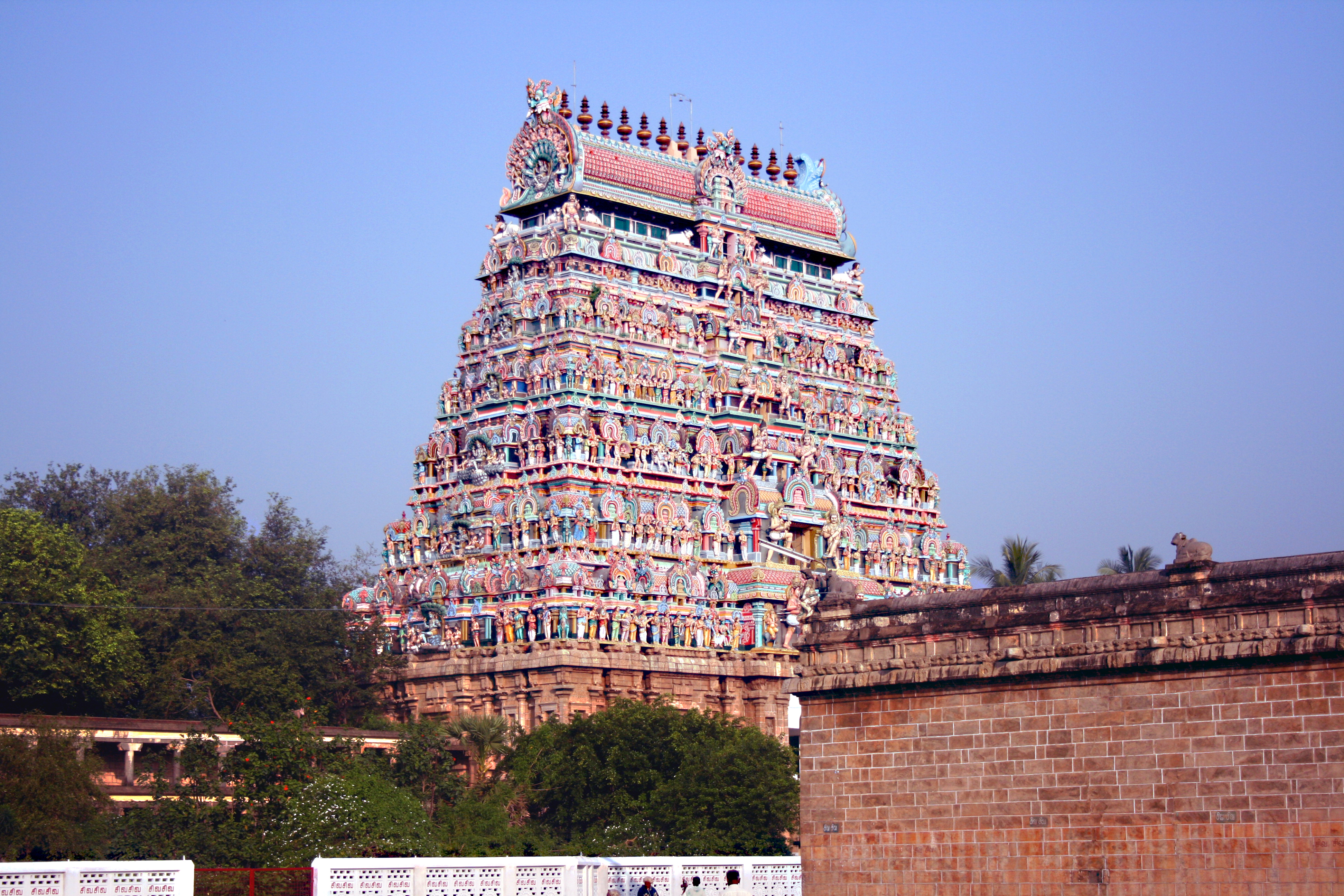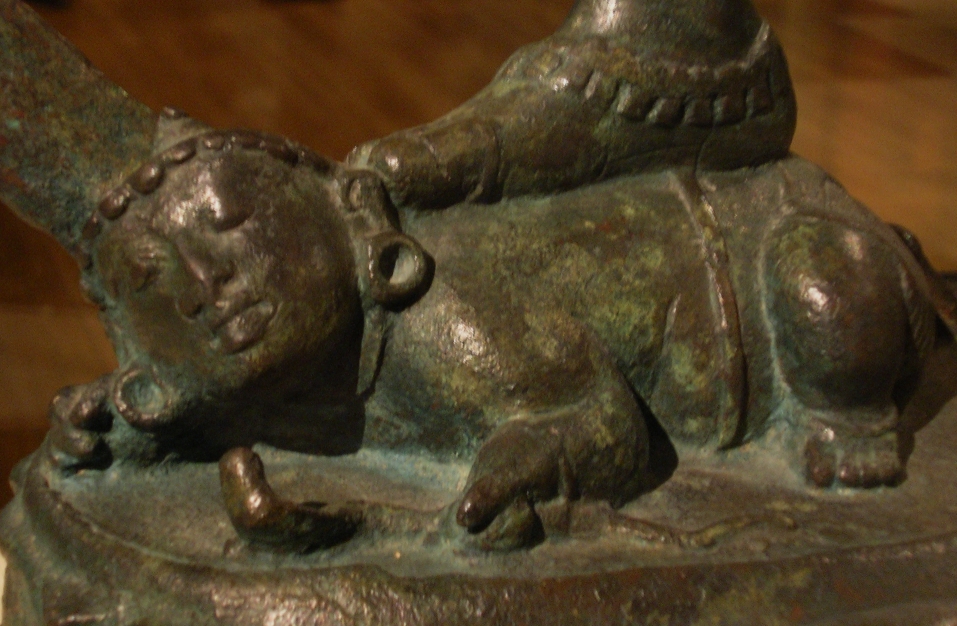|
Nataraj
Nataraja () also known as Adalvallaan () is a depiction of the Hindu god Shiva as the divine cosmic dancer. His dance is called Tandava.''Encyclopædia Britannica'' (2015) The pose and artwork are described in many Hindu texts such as the ''Tevaram'', ''Thiruvasagam'' in Tamil and ''Anshumadbhed agama'' and ''Uttarakamika agama'' in Sanskrit and Grantha texts, the dance murti featured in all major Hindu temples of Shaivism, and is a well-known sculptural symbol in India and popularly used as a symbol of Indian culture, in particular as one of the finest illustrations of Hindu art. He is commonly referred as Koothan(), Sabesan() and Ambalavanan () in various Tamil texts. The sculpture is symbolic of Shiva as the lord of dance and dramatic arts, with its style and proportions made according to Hindu texts on arts. Tamil Devotional texts such as Tirumurai (The twelve books of Southern Shaivism) speaks that Nataraja is the form of Shiva in which he does Creation, destruction, Pres ... [...More Info...] [...Related Items...] OR: [Wikipedia] [Google] [Baidu] |
Nataraja Temple, Chidambaram
Thillai Nataraja Temple, also referred as the Chidambaram Nataraja Temple, is a Hindu temple dedicated to Nataraja, the form of Shiva as the lord of dance. This temple is located in Chidambaram, Tamil Nadu, India. This temple has ancient roots and a Shiva shrine existed at the site when the town was known as Thillai. Pal 1988, p. 19 Chidambaram, the name of the city literally means "stage of consciousness". The temple architecture symbolizes the connection between the arts and spirituality, creative activity and the divine.Chidambaram Encyclopædia Britannica The temple wall carvings display all the 108 karanas from the '''' by Bharata Muni, and these postures form a foundation of |
Shiva
Shiva (; sa, शिव, lit=The Auspicious One, Śiva ), also known as Mahadeva (; ɐɦaːd̪eːʋɐ, or Hara, is one of the principal deities of Hinduism. He is the Supreme Being in Shaivism, one of the major traditions within Hinduism. Shiva is known as "The Destroyer" within the Trimurti, the Hindu trinity which also includes Brahma and Vishnu. In the Shaivite tradition, Shiva is the Supreme Lord who creates, protects and transforms the universe. In the goddess-oriented Shakta tradition, the Supreme Goddess ( Devi) is regarded as the energy and creative power (Shakti) and the equal complementary partner of Shiva. Shiva is one of the five equivalent deities in Panchayatana puja of the Smarta tradition of Hinduism. Shiva has many aspects, benevolent as well as fearsome. In benevolent aspects, he is depicted as an omniscient Yogi who lives an ascetic life on Mount Kailash as well as a householder with his wife Parvati and his three children, Ganesha, Kartikeya and A ... [...More Info...] [...Related Items...] OR: [Wikipedia] [Google] [Baidu] |
Avanibhajana Pallaveshwaram Temple
Avanibhajana Pallaveshwaram temple also called Stambeswarar Temple is a Hindu temple dedicated to Shiva, located in the town of Seeyamangalam, Tiruvannamalai district in Tamil Nadu, India. The temple is constructed in Rock-cut architecture by the Pallava king Mahendravarman I (600-630 CE) during the 7th century. The cave temple had later additions from the Chola and Vijayanagar Empire. One of the pillars has a sculpture of Nataraja, believed to be the earliest representation of the deity in South India. The temple has a small three-tiered ''rajagopuram'', the entrance tower. The temple is declared as a heritage monument and administered by the Archaeological Survey of India as a protected monument. The other side of the hillock houses the Jain beds established in the 9th century during the reign of Ganga King Rajamalla II. History Stambeswarar temple was built during the reign of Pallava king Mahendravarman I (600-630 CE) during the 8th century. It is one of the earliest represe ... [...More Info...] [...Related Items...] OR: [Wikipedia] [Google] [Baidu] |
Apasmara
According to Hindu mythology, Apasmāra also known as "kaal" or "brahm" is a dwarf who represents spiritual ignorance and nonsensical speech.Shiva as Lord of the Dance (Nataraja), Chola period, c. 10th/11th century , United States He is also known as Muyalaka or Muyalakan. To preserve knowledge in the world, Apasmāra must be subdued, not killed, as to do so would disturb the necessary balance between spiritual knowledge and ignorance. Killing Apasmāra would sy ... [...More Info...] [...Related Items...] OR: [Wikipedia] [Google] [Baidu] |
Chola Dynasty
The Chola dynasty was a Tamils, Tamil thalassocratic Tamil Dynasties, empire of southern India and one of the longest-ruling dynasties in the history of the world. The earliest datable references to the Chola are from inscriptions dated to the 3rd century BCE during the reign of Ashoka of the Maurya Empire. As one of the Three Crowned Kings of Tamilakam, along with the Chera dynasty, Chera and Pandya dynasty, Pandya, the dynasty continued to govern over varying territories until the 13th century CE. The Chola Empire was at its peak under the Medieval Cholas in the mid-9th century CE. The heartland of the Cholas was the fertile valley of the Kaveri River. They ruled a significantly larger area at the height of their power from the later half of the 9th century till the beginning of the 13th century. They unified peninsular India south of the Tungabhadra River, and held the territory as one state for three centuries between 907 and 1215 CE.K. A. Nilakanta Sastri, ''A Histo ... [...More Info...] [...Related Items...] OR: [Wikipedia] [Google] [Baidu] |
Tandava
Tandava (also spelled as ) also known as , is a divine dance performed by Hindu god Shiva. Shiva is depicted as dancing the Tandava in his form of Nataraja. The ''Natya Shastra'', a Sanskrit treatise on the performing arts describes various aspects of the Tandava. Description Tandava, as performed in the sacred dance-drama of India, has vigorous, brisk movements. Performed with joy, the dance is called '' Ananda Tandava''. Performed in a violent mood, the dance is called ''Raudra'' or ''Rudra Tandava''. The types of Tandava found in the Hindu texts are: Ananda Tandava, Tripura Tandava, Sandhya Tandava, Samhara Tandava, Kali (Kalika) Tandava, Uma Tandava, Shiva Tandava, Krishna Tandava and Gauri Tandava. Shivani Tandava is described as a vigorous dance that is the source of the cycle of creation, preservation and dissolution. While the ''Rudra Tandava'' depicts his violent nature, first as the creator and later as the destroyer of the universe, even of death itself, the ''An ... [...More Info...] [...Related Items...] OR: [Wikipedia] [Google] [Baidu] |
Thiruvasagam
''Thiruvasagam'' ( ta, திருவாசகம், tiruvācakam, translit-std=IAST, lit=sacred utterance) is a volume of Tamil hymns composed by the ninth century Shaivite ''bhakti'' poet Manikkavasagar. It contains 51 compositions and constitutes the eighth volume of the Tirumurai, the sacred anthology of the Tamil Shaiva Siddhanta. Legend has it that Manikkavasakar was appointed as minister by king Arimarttanar and sent to purchase 10,000 horses from Arab traders but spent the money building a temple in Tirupperunturai. As the legend goes, ''Thiruvasagam'' is the only work which is signed as well as written by Lord Shiva in guise of a Tamil man when narrated by Manikkavasagar. The poet chased the writer but without success but the palm leaf manuscript had been seen inside the locked sanctum sanctorum of Thillai Nataraja with the Lord's signature. Poet Manikkavasagar's ''Thiruvasagam'' and ''Thirukovayar'' are compiled as the eighth ''Thirumurai'' and is full of visionary ... [...More Info...] [...Related Items...] OR: [Wikipedia] [Google] [Baidu] |
Badami Caves
The Badami cave temples are a complex of Hindu and Jain cave temples located in Badami, a town in the Bagalkot district in northern part of Karnataka, India. The caves are important examples of Indian rock-cut architecture, especially Badami Chalukya architecture, and the earliest date from the 6th century. Badami is a modern name and was previously known as Vataapinagara, the capital of the early Chalukya dynasty, which ruled much of Karnataka from the 6th to the 8th century. Badami is situated on the west bank of a man-made lake ringed by an earthen wall with stone steps; it is surrounded on the north and south by forts built in later times. These caves were discovered by Stella Kramrisch in 1924. The Badami cave temples represent some of the earliest known examples of Hindu temples in the Deccan region. They along with the temples in Aihole transformed the Mallaprabha River valley into a cradle of temple architecture that influenced the components of later Hindu temples els ... [...More Info...] [...Related Items...] OR: [Wikipedia] [Google] [Baidu] |
.jpg)






